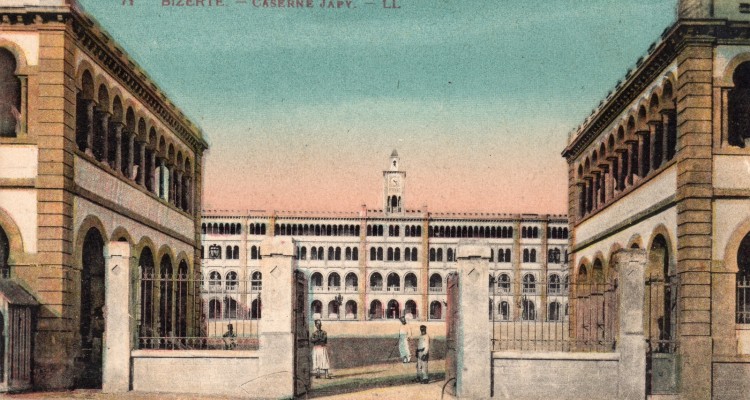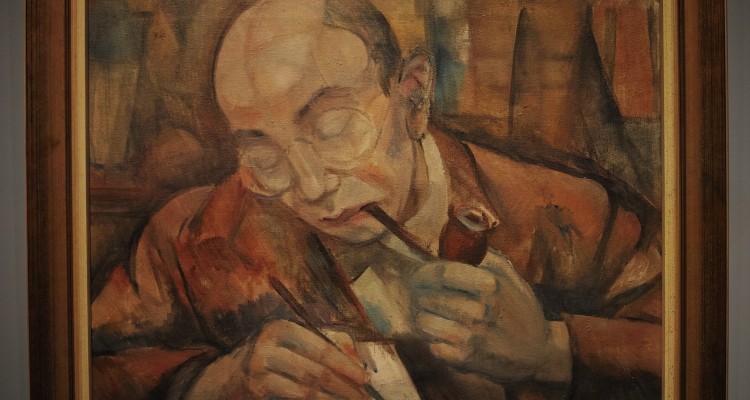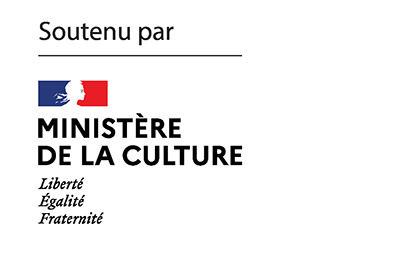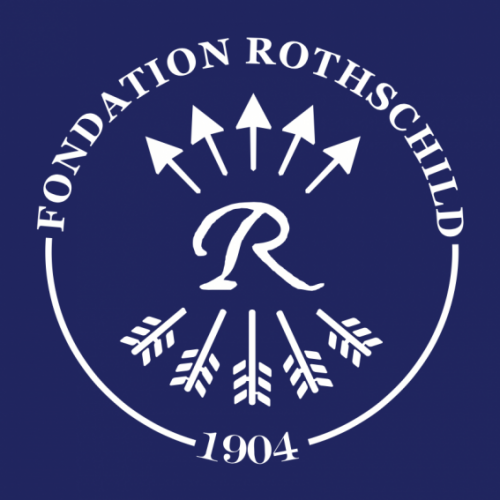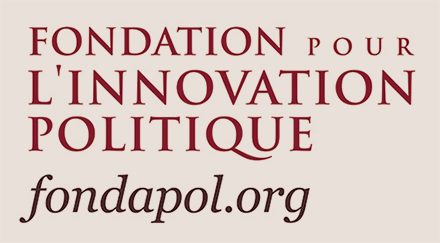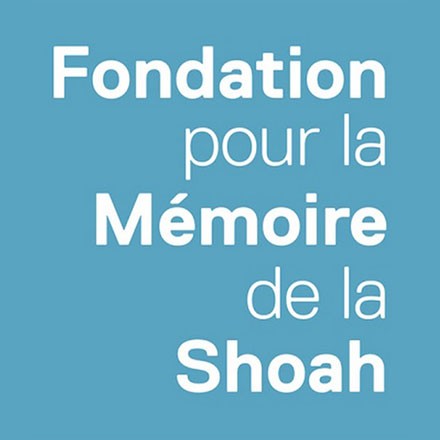Leaving Bizerte, fleeing Tunisia… This was the fate, 60 years ago, of a Jewish community accused of treason after the conflict between General de Gaulle’s France and President Bourguiba’s Tunisia. The episode of the Bizerte crisis – told by Agnès Bensimon from numerous unpublished diplomatic telegrams – inaugurated the departure of Jews from Tunisia, many of whom settled in France. Against the backdrop of negotiations between the Mossad and the Quai d’Orsay, we read the story of a disappearance during decolonization, the brutal disconnection of a population from its land.
A new volume has recently been published in the prestigious Pléiade: L’Espèce humaine et autres écrits des camps[1]. Philippe Mesnard questions the nature of the proposed grouping, where Robert Antelme’s seminal work shares space with everyone from Piotr Rawicz and Charlotte Delbo to Elie Wiesel. In doing so, Mesnard argues–taking special issue with the generic and all-encompassing use of “camps” in the volume–this new Pléiade does not succeed in clearly highlighting the difference between the concentration camp system and the policy of extermination of the Jews.
In the coming weeks, twenty-six works (statuettes, thrones and other royal objects), taken as war booty by French troops from the palace of King Behanzin in 1892, will leave the Musée du Quai Branly and be returned to Benin. A change in French law has allowed this restitution of works taken by France in the colonial context. This news gives us the opportunity to republish the interview already published in K. with the art historian Horst Bredekamp, one of the founders of the Humboldt Forum in Berlin, whose vocation is the hosting of exhibitions of non-European cultures. This ethnographic museum is at the heart of a controversy concerning the ownership of artworks and objects obtained during the German colonial empire in Africa and Asia. Bredekamp responds to criticism from the decolonization movement of art and museums, and discusses his positions, explaining how it is a misnomer to say that the Humboldt Forum is part of a colonial or imperialist tradition.
Notes
| 1 | Around L’Espèce humaine (1947) [Translation : The Human Race] by Robert Antelme, the volume brings together L’Univers concentrationnaire (1946) [Translation : The Other Kingdom] by David Rousset , La Peinture à Dora (1946) [not translated] by François Le Lionnais, Nuit et brouillard [Translation : Night and Fog] and De la mort à la vie [not translated] (1955) by Jean Cayrol, La Nuit (1958) [Translation : The Night] by Elie Wiesel, Le Sang du ciel (1961) [Translation : Blood from the Sky] by Piotr Rawicz, the trilogy Auschwitz et après (1970-1971) [Translation : Auschwitz and After] by Charlotte Delbo and L’Écriture ou la vie (1994) [Translation : Literature or Life] by Jorge Semprun. |
